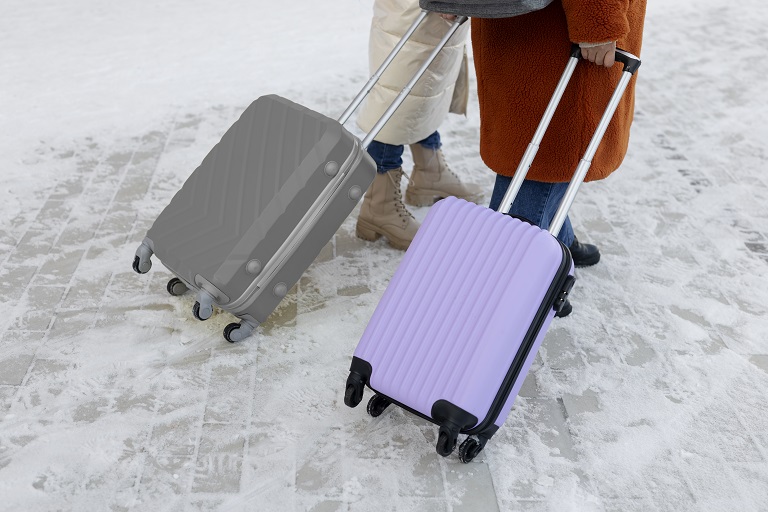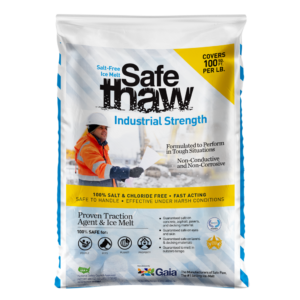Ice Walking Tips Approved By Science

You’ve been walking on ice for years, and you’ve never fallen through. You’re sure of it. But then, one day, you slip. Fortunately, this doesn’t mean that all your hard work has been for naught. Maybe you’re wondering how thick ice needs to be to walk on. As long as you follow these steps and use the right equipment, there’s no reason why an ice walker can’t stay safe.
Scientific Tips For Walking On Ice
Move Carefully And Slowly.
Don’t rush. Take your time, and move carefully.
Don’t try to walk on ice that is too thin. Don’t trust the appearance of the ice—if you’re not sure about its thickness, don’t risk it by trying to get across it as quickly as possible (or at all).
Don’t try to walk on ice that is too rough. If you have any doubt about a patch of ice’s quality or stability, don’t risk crossing it at all—even if there does appear to be plenty of space around you for other people to cross safely ahead of or behind you!
Don’t try to walk on ice that is too slippery: This one should go without saying, but I’ll say it anyway because science tells us so!
Use Instant Traction
One of the best tips for walking on ice is using an instant traction agent. A safe and easy way to gain instant traction is to use Walk on Ice. It comes in convenient disposable canisters that can be taken with you wherever you go. You can use it on tires or sidewalks and steps as an instant traction agent.
The ‘absorbers’ drain the water, making the ice less slippery and creating a non-slip surface. While the ‘grippers’ grip the ice, providing traction for you and your family. You can use it on any surface surrounding your house, including your driveway, sidewalk, and patio.
Get ready for winter with Walk On Ice instant traction on snow and ice
How Thick Ice Needs To Be To Walk On
If you’re wondering how thick ice needs to be to walk on, this point is for you. While there are certain calculations, it’s difficult to know for sure how thick ice is because it varies by location and weather conditions.
In general, the thicker the ice gets, the more likely it is to be strong enough to walk on—but that doesn’t necessarily mean you should be standing on a piece of ice without any support. If you’re not sure if something is safe to stand on or walk across, err on the side of caution and get off as soon as possible.
Wear The Appropriate Kind Of Footwear.
You can use a shoe with large treads or raised patterns when walking on ice to help your feet maintain their grip on the ground. Rubber soles also assist you to keep your balance.
Conclusion
We hope that this article has helped you learn more about the science behind ice walking and how to stay safe while doing it. While we don’t recommend going out on thin ice alone, if you do, make sure to plan your route carefully and use these tips to get back on solid ground.
Other Ice Melt Products
Safe Paw
The Original and #1 Selling Pet and Child Safe Ice Melt for over 20 years. Guaranteed environmentally safe – will not harm waterways and sensitive wetlands. All products are made in the USA.

Safe Thaw
Imagine an ice melt you can put down and never worry about. It won’t harm pets, kids, and your property. That’s Safe Thaw. Unlike anything else on the market, Safe Thaw can change how winter affects our planet.



